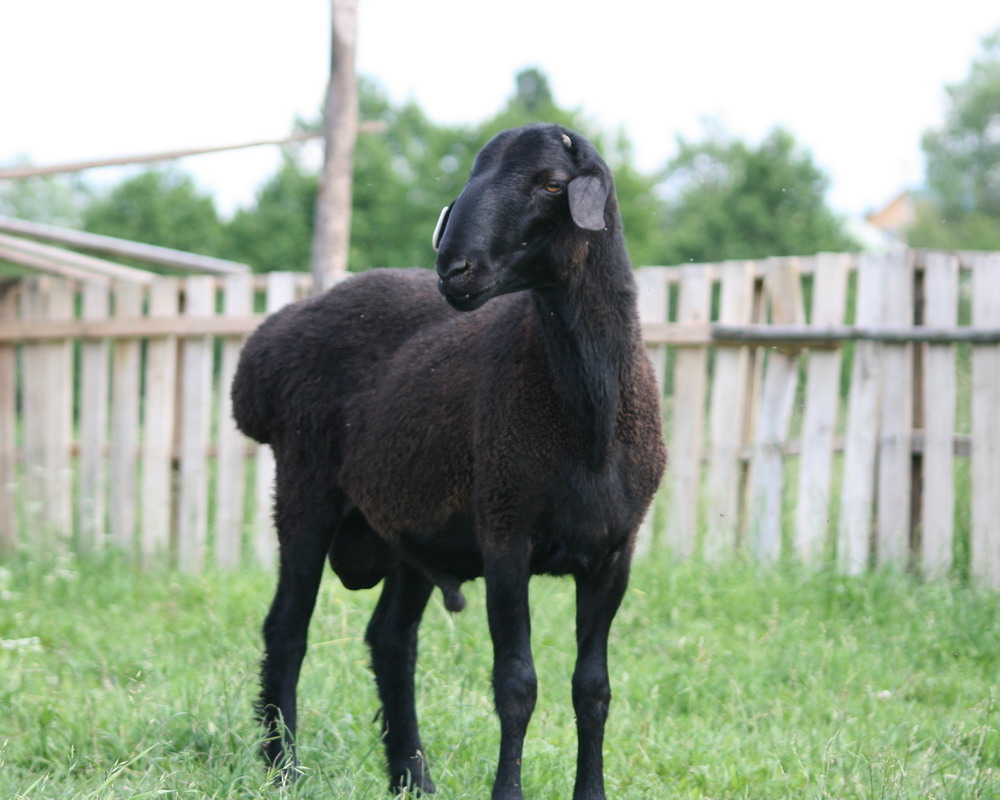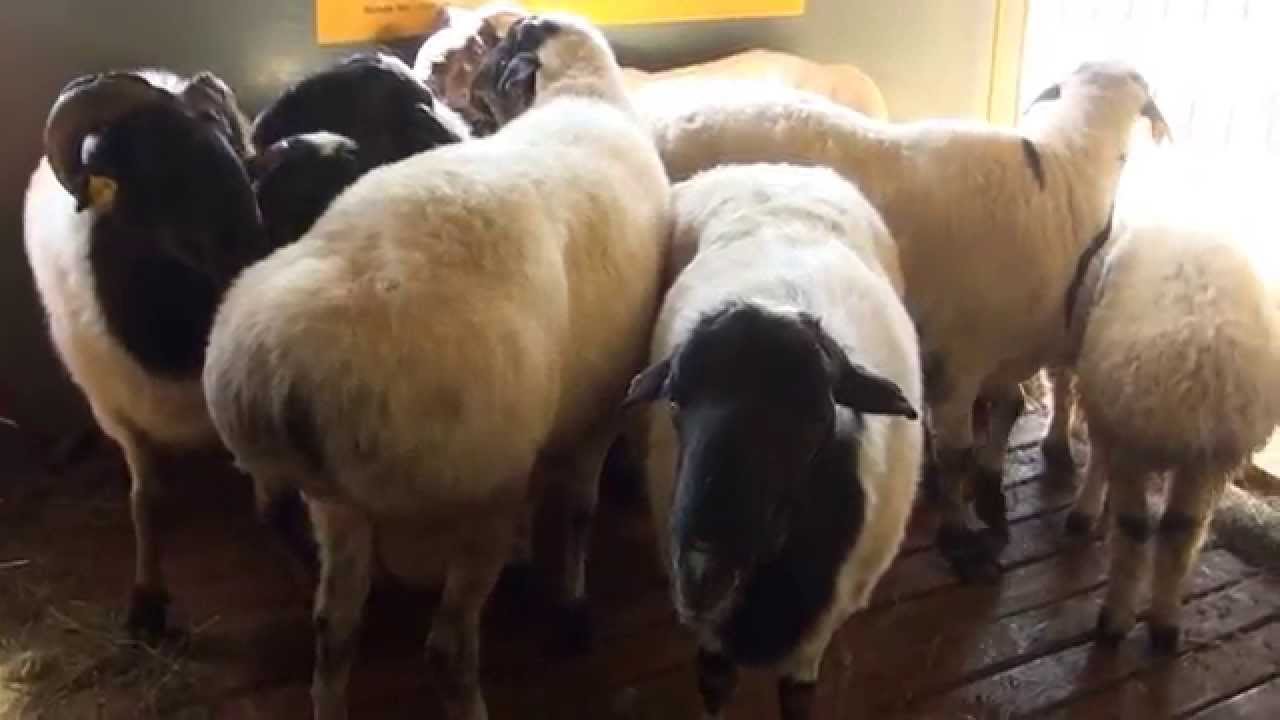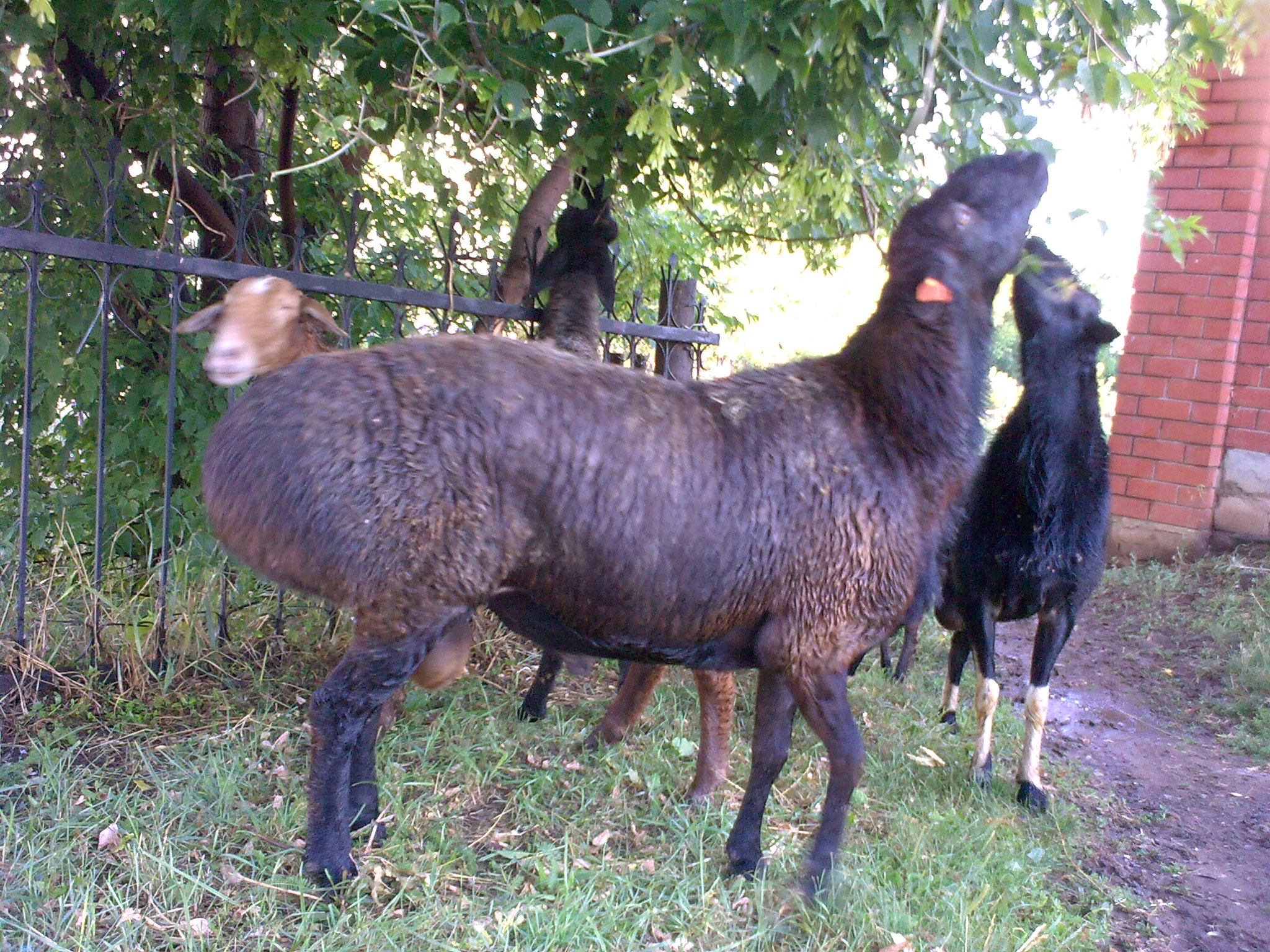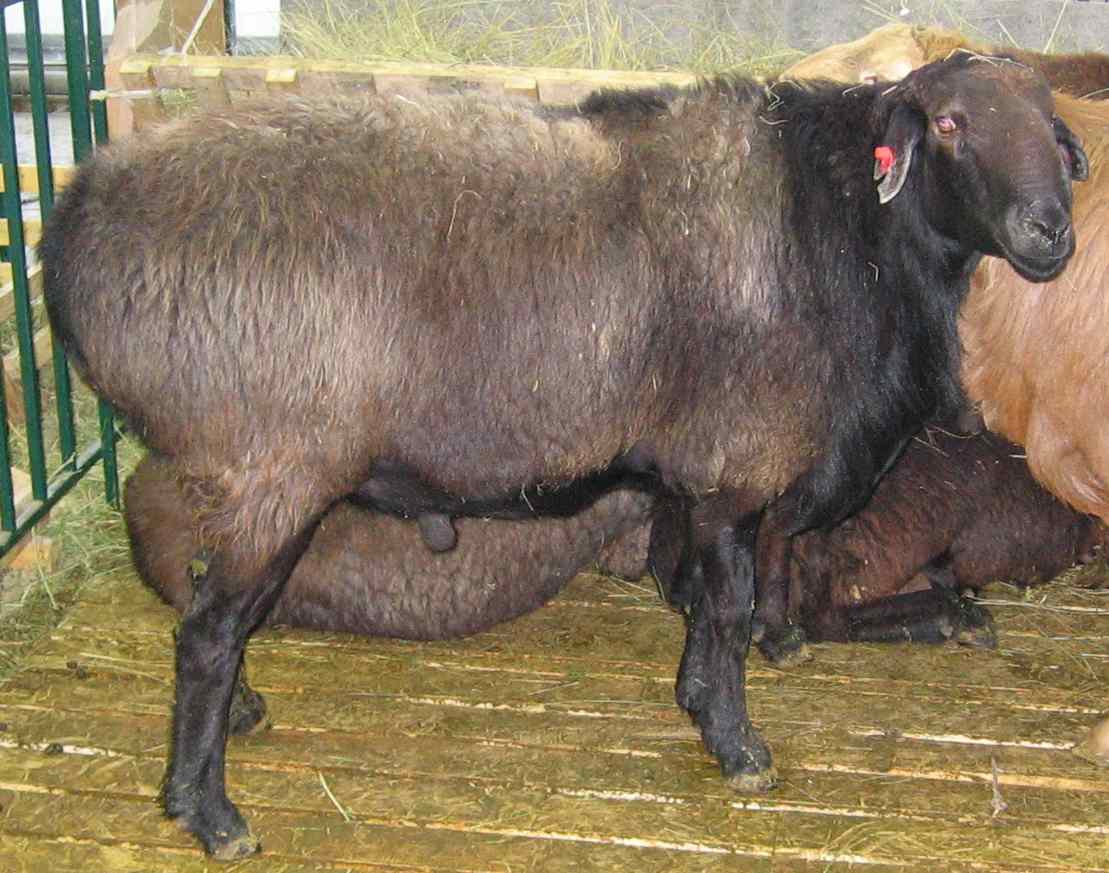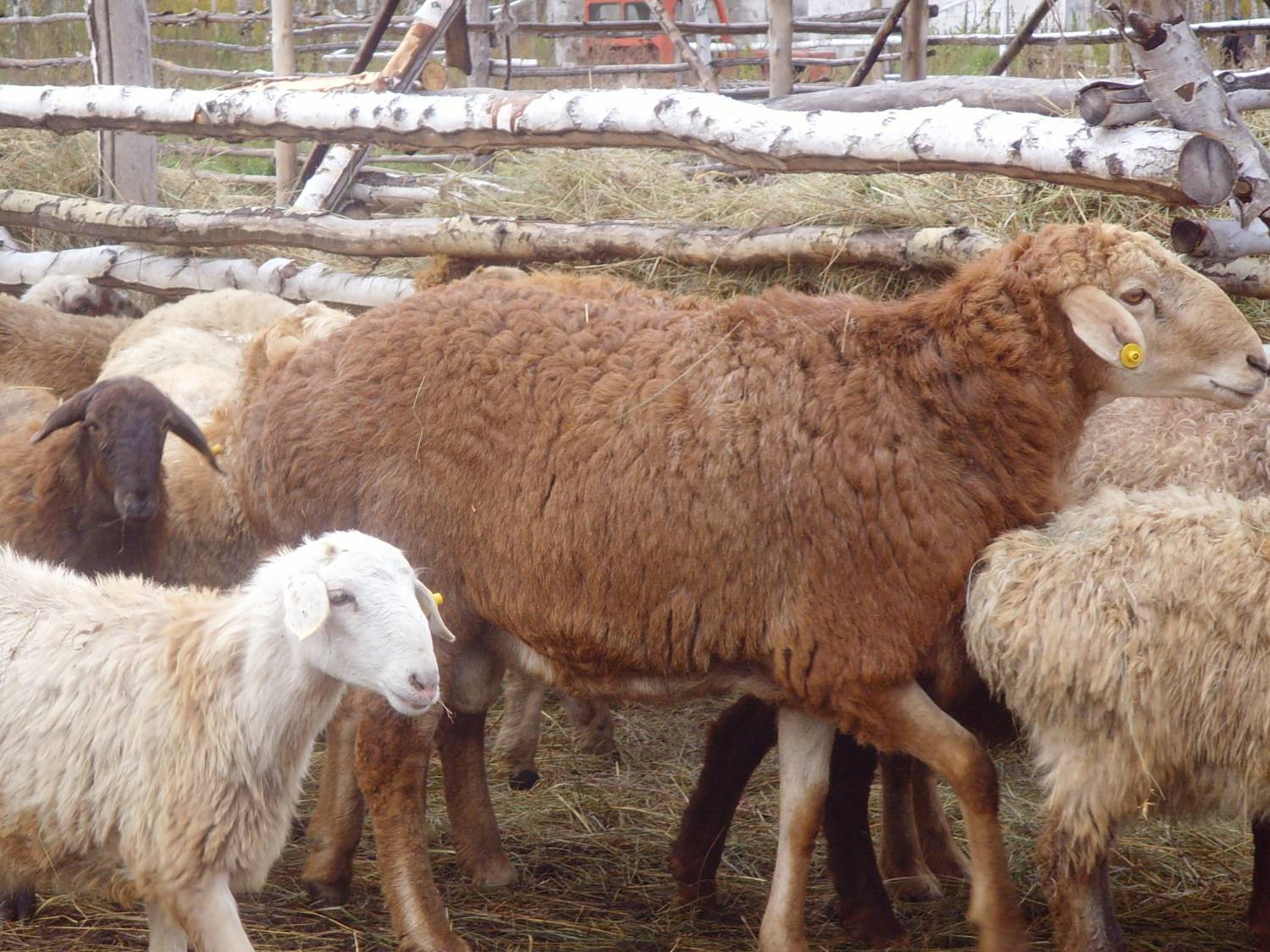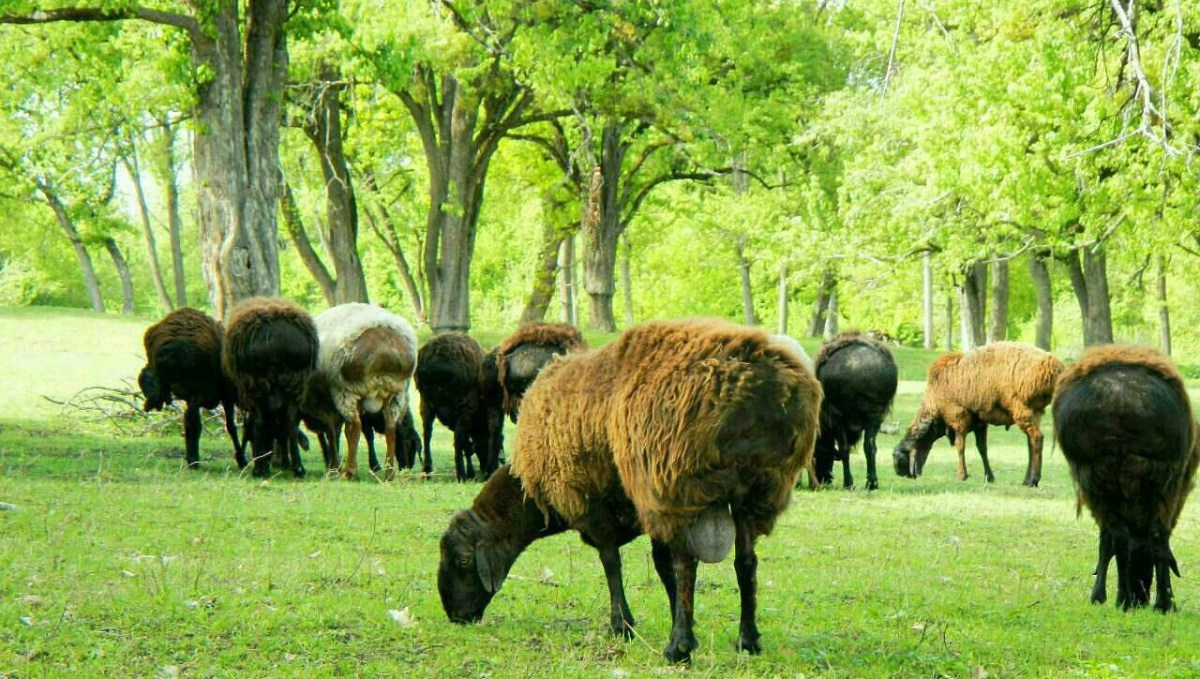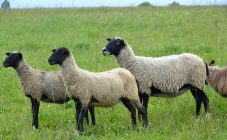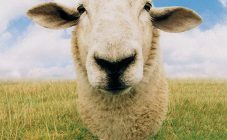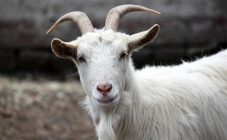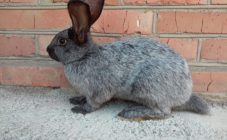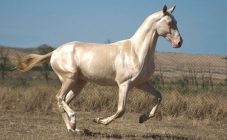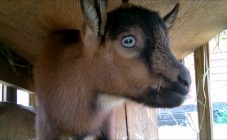Content:
In the countries of Asia and the southern regions of the Russian Federation, fat-tailed sheep breeds have been successfully raised for a long time. They are cultivated both on the steppe areas of Kazakhstan and on the green pastures of the Crimea. Fat-tailed sheep of all breeds have a common name - Fat-tailed. It is a viable, hardy breed that is adapted to living in mountainous regions and tolerates the sultry climate well.
Fat tail breeds
Fat-tailed sheep breeds are distinguished by their characteristic of fat accumulation. Most of it accumulates in the area of the lower part of the spine, in the common people it is called a fat tail. Accumulation of fat looks like a camel's hump and serves as a reserve food when the amount of food decreases on steppe pastures.
It contains everything you need for life in the steppe:
- vitamins;
- trace elements;
- water.
Fat deposits in each sheep breed are located differently:
- in the form of 2 round balls at the bottom of the tail;
- greasy formations that resemble hanging pillows;
- enveloping the tail, with a thickened lump of fat sticking up;
- oval large fat tail, which prevent the ram from walking, you have to tie it up.
The peculiarity of fat tail fat is its ability not to solidify at a temperature of 18-22 degrees Celsius, and it is also an excellent preservative. If fresh meat is greased with fat from a fat tail, it will last a long time in hot climates.
Anatomically, fat-tailed breeds are not at all like ordinary sheep, they have:
- horns are missing on the small head;
- ears - long, drooping;
- the woolen fleece is uniformly colored;
- the muscular frame is held firmly on long, strong legs;
- tail - small, covered with hair.
On sheep farms, they are increasingly replacing ordinary sheep with fat-tailed ones.
Description of breeds
Each variety of fat-tailed sheep has its own characteristics.
Kalmyk
Initially, the breed was bred in Mongolia and China.
When crossed with local rams, a new species was bred with the following indicators:
- male weight - 100-130 kg, bright - 70-80 kg;
- massive chest bone;
- limbs - long, sinewy;
- fat tail weighs about 20 kg;
- the annual production of the fleece is 4.5 kg;
- the color of the coat is white and black.
Very large breed, resistant to cold climates.
Hissar
Breeding of the breed originated in Tajikistan, Uzbekistan.
In the Russian Federation, it is not popular due to the poor quality of wool and low body weight:
- the weight of an adult female is 80-85 kg;
- an adult male of the greasy breed weighs 190-200 kg;
- height - about 90 cm;
- very small head, with a humped nose;
- limbs - long and thin;
- wool - hard, coarse;
- 2 kg are sheared during the year;
- suit - dark red.
Edilbaevskaya
A hardy breed, it has a large fat tail with valuable fat, gives a lot of fat milk and high quality wool, which is used for making carpets. Bred by crossing the Astrakhan breed with coarse wool and local rams.The result is a very robust, hardy and undemanding variety of sheep.
Description of the breed:
- the weight of an adult male is 120 kg, that of a female is 70 kg;
- individual growth - 85-90 cm;
- physique - dense, with a developed sternum;
- wool is sheared - 3.5 kg;
- annual milk yield - 130 liters;
- suit - black, there is a red color.
Saradzhinskaya
The Turkmen breed is distinguished by fertility and early puberty.
Characteristic:
- male weight - 75-80 kg, female - 40-50 kg;
- coat color - dark gray, legs and head - dark red;
- fleece - dense and thick with a lot of fluff;
- on the head of the male there are curved horns;
- withers - wide, sharp;
- framework with weak muscles;
- fat tail sack - about 8 kg.
The fat-tail ram of the Saraja breed is well adapted to cool climates and limited nutrition.
Breed productivity
Varieties of fat-tailed breeds are of increasing interest among farmers, as unpretentious animals with maximum body weight gain.
Their meat is nutritious and tasty. In young animals under 4 months of age, lamb is tender, juicy, completely without a specific smell, it is a recognized delicacy.
Sheep fat is used in cooking for traditional oriental dishes and in the food industry as a preservative. In medicine, it is used as a warming rubbing for colds and joint diseases.
High quality woolen fleece is used for making:
- fur products;
- sheepskin coats, collars, socks;
- blankets;
- carpets.
A lower quality woolen fleece is used for technical needs, for felting cloaks, felt boots and for other products.
Each breed of sheep has a different milk yield, but all of it is of high quality, with a high percentage of fat. Fermenting sheep milk produces high quality cheese products, feta cheese and butter.
Advantages and disadvantages
Farms specializing in the cultivation of such sheep, note only their positive qualities, receiving from them high-quality and low-cost raw materials.
Breed advantages:
- feeds on growing steppe grass, does not require purchased feed in summer;
- even with a small amount of grass, it gains weight quickly;
- hardy, capable of covering long distances if necessary;
- good productivity.
Disadvantages:
- she needs the supervision of a shepherd;
- unable to navigate the terrain, unable to find her way home herself.
Growing and breeding
Breeding and raising fat-tailed sheep is a highly profitable business, in which the investment will quickly pay off. A thoroughbred ram can fertilize an entire herd, so it is enough to keep 2-3 healthy adult males in the pen. In the absence of such, artificial insemination is used.
After fertilization, the lamb bears the fetus for about 5 months, with lambing, 1-4 lamb appear, which immediately:
- clear mucus from the nostrils;
- watered with milk.
Already on the second day after birth, the lambs begin to graze themselves and by six months gain 70% of the weight of an adult ram. The lamb is with the mother for about 4 months, then it is taken to the common herd.
As soon as the lambs are weaned from the ewes, a herd is formed from them, while individuals with birth defects are discarded:
- teeth;
- hooves;
- deviations in the structure of the limbs;
- lethargic, weak lambs.
Conditions of detention
In summer, the flock needs a pasture and a fenced-in place to spend the night under the open sky, with a shed to shelter from precipitation.
As soon as it gets colder outside, the animals are moved to an insulated room.
Animals get sick from dampness and draft, so the room must meet the necessary requirements:
- indoor air temperature - not lower than 5 degrees Celsius;
- good ventilation, otherwise the animals will suffocate from ammonia fumes;
- the floor is covered with dry sawdust or hay, change them daily;
- equipped with a trolley for a feeder with hay and mixed fodder;
- install drinkers for water, change water twice a day.
The premises are cleaned daily, disinfection - periodically.
Feeding
In the warm season, the herd feeds on the pasture; in the winter, the farmer must provide the flock with food.
The diet is divided into three parts:
- in the morning - solid food;
- in the daytime - balanced feed from concentrates;
- at night - dried grass.
As a vitamin supplement, animals are given a variety of hard raw vegetables.
When switching to winter feeding, the sheep are given more water.
Care
Animals have vulnerabilities - hooves. If you do not take care of them, a fungal disease develops - hoof rot. The hooves should be trimmed, cleaned and treated with an antifungal agent.
Animals are vaccinated in a timely manner.
Thick, warm wool is the best breeding ground for insects, so the sheep are bathed several times a year and the wool is disinfected.
The sheep are sheared twice a year.
How much and where to buy
The cost of an animal depends on the breed, its weight, the quality of the wool cover are taken into account, for what purpose and in what quantities they are purchased:
- lambs weighing 30 kg cost more than 3000 rubles. for one;
- live weight of a young lamb - 125 rubles. per 1 kg of live weight;
- bright - 5000-8000 rubles. for 1 kg;
- pedigree ram-producer - 200 rubles. per 1 kg of live weight;
- adult ram or sheep - 120-150 rubles. for 1 kg.
The final price is influenced by the delivery of animals - pick-up is cheaper.
To breed a sheep herd, purchases are made on farms specializing in breeding fat-tail sheep.
When purchasing animals for processing, they are purchased from large agricultural farms and small households.
Sheep breeding is a very profitable investment. The biggest cost is the first purchase of animals. If you prepare a good pasture for them and find a market to sell them, the payback will exceed all expectations.
